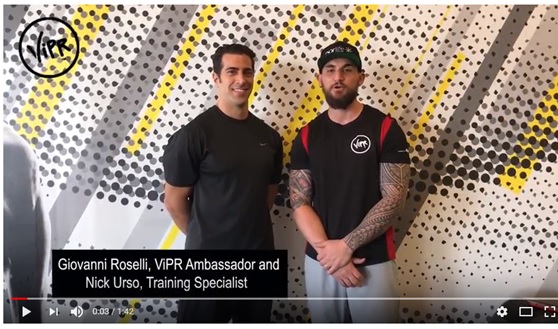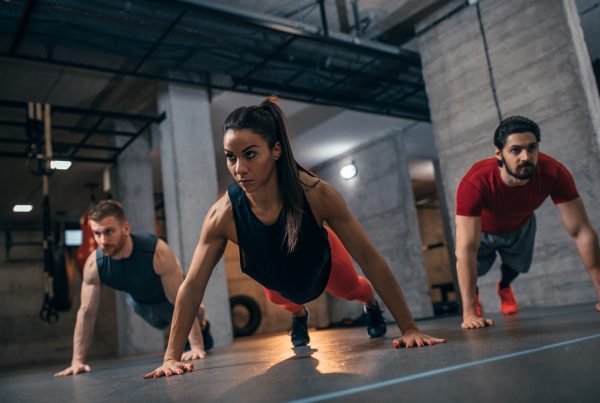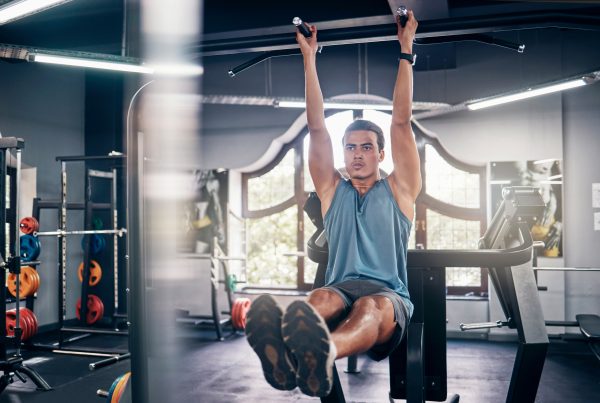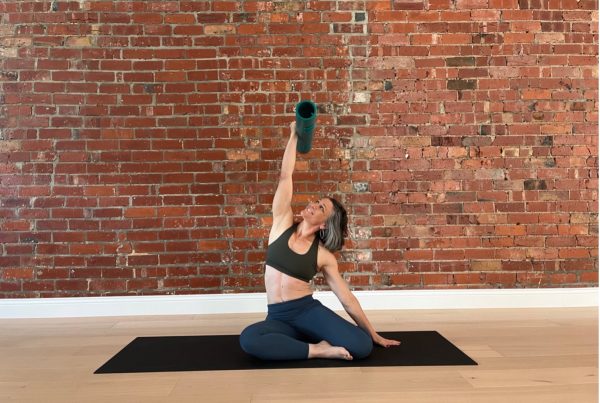ViPR training
Amida Brimah is a professional basketball player. After recently playing for the University of Connecticut Huskies, he now plays for the San Antonio Spurs developmental program, Austin Spurs.
When in the Florida area, this 7ft, 230lb athlete trains at the PurLife Fitness Center in Delray Beach with training specialist, Nick Urso. Recently, ViPR™ global ambassador, Giovanni Roselli, introduced Amida to ViPR and the two quickly realised that this would be an excellent tool for enhancing Amida’s basketball performance.
Three exercises were chosen for a circuit:
1. What – ViPR jump squat with overhead press into alternating coach reach. How – squat reaching ViPR towards the ground, then exploding up, reaching ViPR to the ceiling. Why – similar to jumping up for a rebound or a block, Amida is forced to use ground and gravity forces (one of the pillars of ViPR training) plus a different change of direction every rep, which gives Amida the variability that is needed on court.
2. What – lateral shuffle with two ViPR tilt to catch. How – tilt one ViPR forward as you take one lateral hop, catching another tilting ViPR from your partner. Why – excellent drill for lateral mobility and stability, deceleration, redirection, synchronization and timing, which are all crucial to performance.
As with most athletes, it’s not necessarily how fast you can go, but how quickly you can change direction! The ability to do this well will minimise injury, especially with the onset of so many non-contact injuries, and/or injuries that require a sudden change in direction and deceleration. This would add another layer of tissue tolerance with Loaded Movement Training, since all drills on court are performed bodyweight only.
3. What – prone lateral rolling to coaches. How – roll ViPR towards client, the client stops with one hand, rolls to other hand, and continues rolling to a coach, who rolls it back, as client repeats on other side. Why – an interesting way to look at athletic performance is, what am I currently not doing a lot of?
Chances are, working on some things that you don’t normally train will help rise the entire tide of your movement ship. Using the versatility of ViPR with a rolling pattern and using multiple coaches, this drill challenges core stability, scapular stability, and maybe most importantly, ground-based training. This goes back to the original point of what is the athlete not doing? Basketball players are mostly upright and running, shuffling, and cutting all on two feet. Now in a prone position, Amida is faced with a position that he’s not accustomed to being in, which will in turn give him overall body-wide strength and stability.
These are just a few examples of how ViPR can play a significant role in the performance of a high-level athlete. As you can see in the video, Amida was challenged to a degree that demonstrated a lot of different positional strength, speed, mobility and stability. The more positions Nick can help Amida to become strong in, the more resilient he will be as a player.
By ViPR Ambassador, Giovanni Roselli, and Training Specialist, Nick Urso.
What next? ViPR buns of steel workout
Check out Personal Trainer, Steve Tongue’s ViPR workout (pictured below)
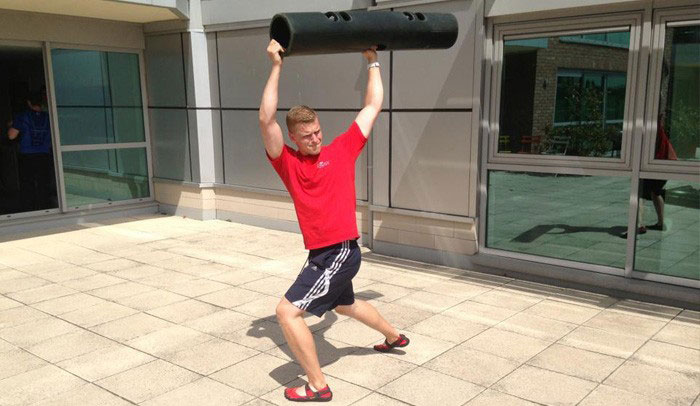
OR….
Where next? Find out to generate fitness leads for your business


